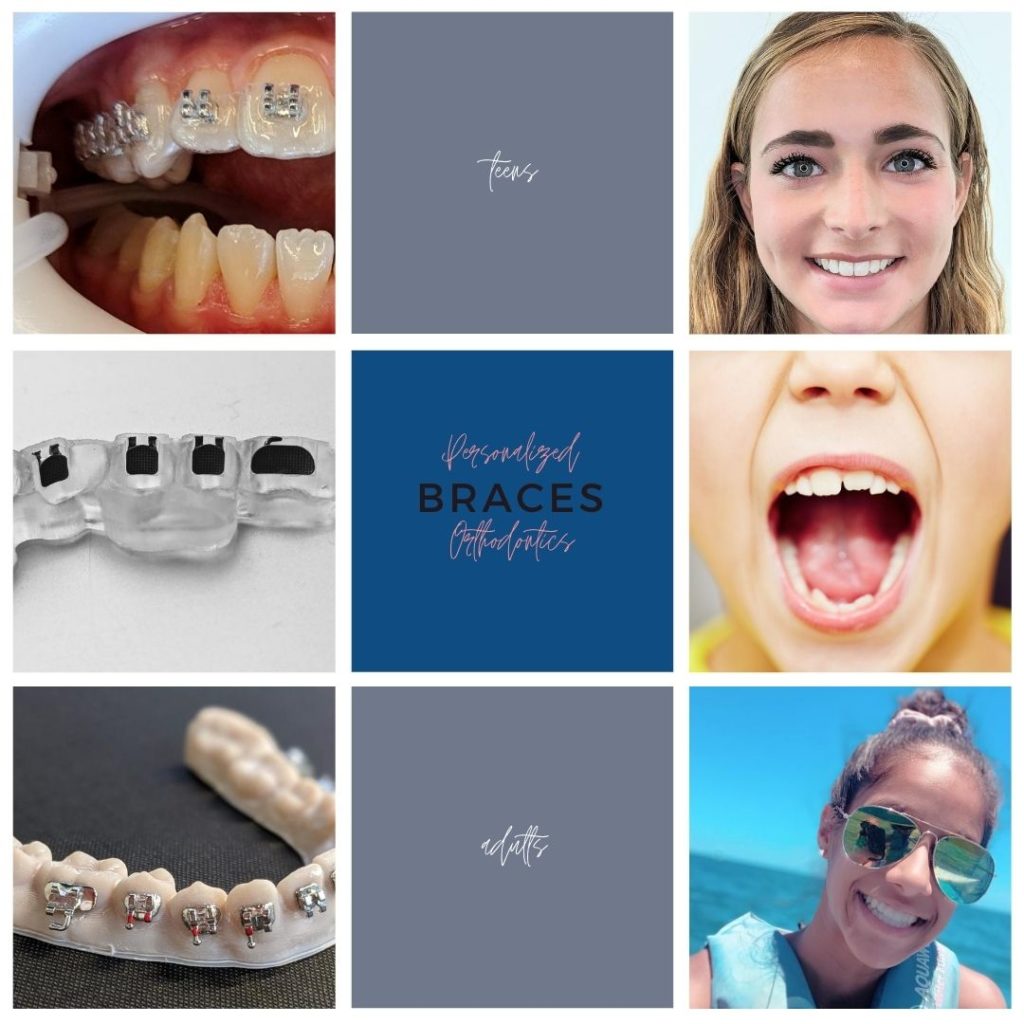Some Known Questions About Legacy Orthodontics.
Some Known Questions About Legacy Orthodontics.
Blog Article
7 Simple Techniques For Legacy Orthodontics
Table of ContentsSee This Report about Legacy OrthodonticsSome Known Details About Legacy Orthodontics Some Known Facts About Legacy Orthodontics.4 Easy Facts About Legacy Orthodontics ExplainedThe Of Legacy Orthodontics
In enhancement, we offer adjustable treatment routines, flexible payment options and a fun, pleasurable experience.An orthodontist is a dental expert trained to detect, avoid, and deal with teeth and jaw irregularities. They fix existing problems and are trained to recognize problems that may establish in the future. Orthodontists work with people of any ages, from youngsters to grownups. People typically connect an ideal smile with healthiness.
Malocclusion, or misaligned teeth, can bring about oral concerns, including dental caries, gum tissue illness, and tough or excruciating chewing. However not everyone is born with straight teeth. If you have a poor bite or huge areas between your teeth, you may intend to speak with a dental practitioner focusing on orthodontic care.
More About Legacy Orthodontics
( Image Credit Rating: DigitalVision/Getty Images) Orthodontists make use of repaired and removable dental tools, like braces, retainers, and bands, to change the setting of teeth in your mouth. Orthodontic therapy is for oral problems, consisting of: Uneven teethBite problems, like an overbite or an underbiteCrowded teeth or teeth that are too far apartJaw misalignmentThe objective of orthodontic therapy is to improve your bite.
A healthy bite guarantees you can eat, chew, and talk appropriately. While you may consider orthodontists as primarily for youngsters or young adults who require dental braces, they can correct oral problems at any kind of age. Orthodontists attend university, oral college, and orthodontic institution. After college graduation, they spend 2 or 3 years in an orthodontic residency program.
, yet not all dental experts are orthodontists. They concentrate on 2 locations: How to correctly and securely relocate teeth How to correctly guide growth in the teeth, jaw, and faceOnce an orthodontist has completed training, they have the alternative to come to be board accredited.
More About Legacy Orthodontics
Malocclusion leads to tooth overcrowding, an askew jaw, or uneven bite patterns. Malocclusion is usually treated with: Your orthodontist attaches metal, ceramic, or plastic square bonds to your teeth.
Some individuals need a headwear to aid move teeth right into line with pressure from outside the mouth. A retainer is a personalized tool that keeps your teeth in area.
They're frequently used on youngsters. They can develop extra area in the mouth without needing to pull teeth. If you have a serious underbite or overbite, you may need orthognathic surgical treatment (also called orthodontic surgical procedure) to lengthen or reduce your jaw. Orthodontists use wires, surgical screws, or plates to sustain your jaw bone.
You might need to see an orthodontist if you have: Crowding or otherwise enough room for every one of your teethOverbite, when see here now your top teeth come by your bottom teethUnderbite, when your base teeth are too much forwardSpacing or problems with gapsCrossbite, which is when your top teeth fit behind your bottom teeth when your mouth is closedOpen bite or an upright gap between your front base and top teethMisplaced midline, when the facility of your base and top teeth do not align Fixing an oral malocclusion can: Make biting, chewing, and speaking easierImprove the balance of our face and your total appearanceEase pain from temporomandibular joint disordersDifferent your teeth and make them much easier to cleanse, helping avoid dental caries or tooth cavities It's often a dental expert that first notices misaligned teeth during a routine examination.
Getting The Legacy Orthodontics To Work

During your first orthodontic appointment, you'll likely have: A dental examPhotos taken of your face and smileDental X-raysPanoramic (360 level) X-rays of your face and headImpressions to develop mold and mildews of your teethThese tests will aid your orthodontist recognize just how to proceed with your treatment. orthodontist. An orthodontist is a dentist who's had training to treat your teeth and jaw
An orthodontist is concentrated on your bite, so something like a broken tooth would be taken care of by a dentist. Orthodontists are focused on your bite, or the way your teeth fit with each other, and the straightness of your teeth.
Ever wondered exactly how celebs always appear to have flawlessly lined up teeth? The solution often hinges on the skilled hands of an orthodontist. What specifically does an orthodontist do? Orthodontists are oral professionals that concentrate on dealing with abnormalities in the teeth and jaws. Their know-how exceeds simply creating a stunning smile; it encompasses boosting your overall oral wellness and function.
Get This Report on Legacy Orthodontics

, orthodontists have a diverse toolkit at their disposal. These tried-and-true braces use a system of braces adhered to the teeth and linked by cords.
Clear aligners, like Invisalign, are a popular option for patients looking for an extra very discreet therapy choice. These removable trays are personalized to gradually shift the teeth's setting. Headwear might be used along with braces or aligners to apply additional targeted forces, particularly for fixing jaw discrepancies. In situations of narrow jaws, palatal expanders can be used to create room for appropriate tooth alignment.
Report this page